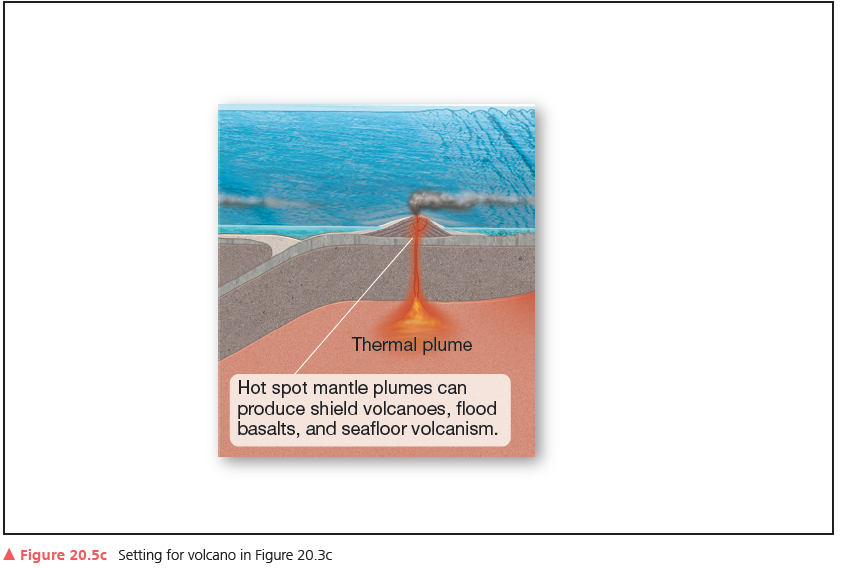Were dinosaurs endotherms or ectotherms? Explain lines of evidence that are important to making a determination of
warm- or cold-bloodedness. What will be an ideal response?
It is unclear if dinosaurs were warm or cold-blooded, as evidence is inconclusive. It is likely
some theropods were endothermic.
Bone structure of dinosaurs indicates that some may have been endotherms. However, some
present-day ectotherms have bone structures similar to endotherms, and some living
endotherms have bone structures more similar to ectotherms.
Endothermic predators must eat more and therefore compose a smaller percentage of the total
population. Estimates based on fossil finds suggest dinosaurs made up 3-5% of the total
population. However, there is much uncertainty in these estimates.
Large- brained species are typically endotherms. While some endothermic species had large
brains, others did not.
The fast growth rate of some dinosaurs implies endothermy, as does the discovery of a fourchambered
heart in an ornithopod. Likewise, the presence of feathers on some dinosaurs also
implies endothermy, as presently, animals with an outer covering are warm-blooded.
You might also like to view...
Which volcano is shown in Figure 20.3c? Explain your conclusion. Which tectonic setting is the source of its magma? What are the types of materials produced during eruptions and the hazards associated with these volcanoes?

According to Newton, gravitational force between bodies is greater if the bodies have great
A. masses. B. distance between them. C. both of these D. neither of these
Real-world extreme tidally driven currents in a tidal channel have speeds in excess of ________.
A. 0.5 m/s B. 3 m/s C. 1 m/s D. 5 m/s E. None of these
Why is indoor pollution still such a large problem in developed nations? What are the most dangerous indoor pollutants in developing and developed nations?
What will be an ideal response?